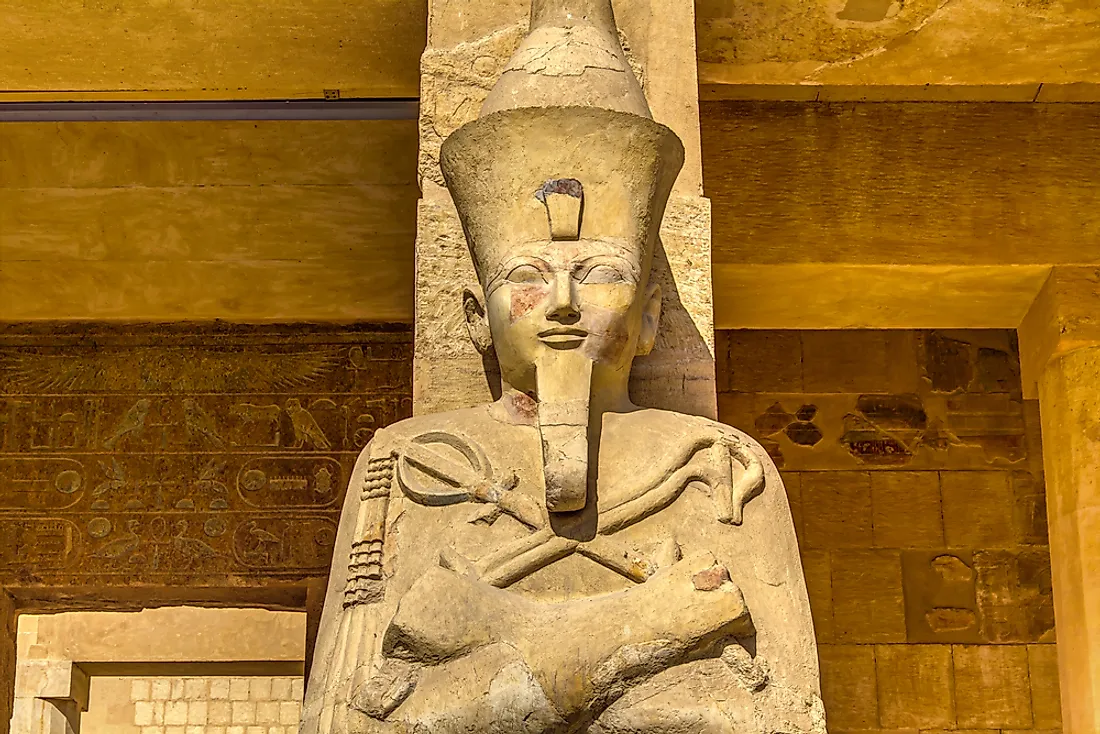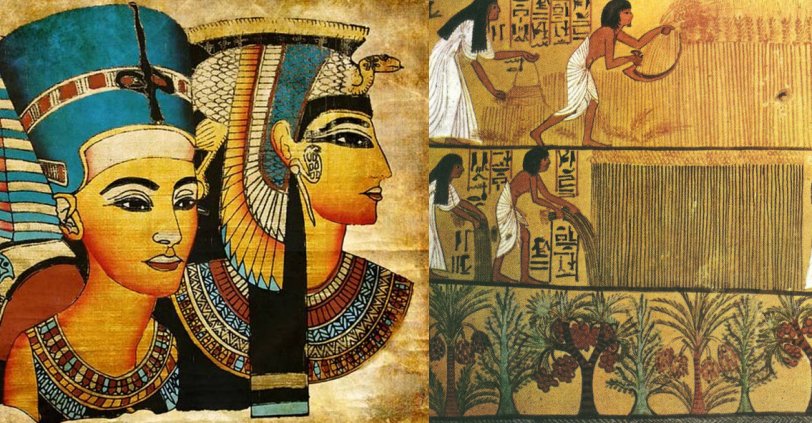

In 2003, Fletcher and Buckley re-evaluated three mummies in a tomb in the Valley of the Kings (the necropolis for many of Egypt’s pharaohs) and concluded that one of the mummies was, in fact, the long-sought body of Nefertiti. “Early Egyptologists,” Fletcher said, “assumed (Ahkenaten’s co-ruler) had to be a man!”

The masculinization of Nefertiti’s image after her appointment as co-ruler explains her apparent “disappearance.” Fletcher, however, believes that Nefertiti actually acted as co-regent with her husband and continued to rule after his death. Nefertiti, wife of the pharaoh Ahkenaten, was long thought to have mysteriously disappeared midway through her husband’s rule, never to be seen again. In particular, Fletcher was quick to point out Khentkawas, who had a pyramid built for herself at Giza, and Hatshepsut, a successful pharaoh who once claimed that “‘no one rebels against me in any land.’”įletcher’s most fascinating and controversial research, however, is on the subject of Queen Nefertiti. “Certainly female rulers were quite accepted in a world that was both male and female.”Įgyptian women could not only rule the nation-state, but were also allowed to own property, designate heirs in a will, and were even paid the same wages as their male counterparts.įletcher recognizes 12 female pharaohs, a higher number than most Egyptologists, including not only Cleopatra (both the one immortalized in Shakespeare’s play and her identically named predecessors) and Nefertiti, but also several lesser-known women pharaohs who paved the way for their more famous successors. “Women did operate in a way that was unparalleled-even today,” Fletcher said. The warrior goddess Skehmet was depicted with the head of a lioness, and there are ancient visual depictions of Egyptian women going into battle. Equitable gender roles were at the very base of Egyptian society, according to Fletcher: ancient Egyptian religion stressed the role of the creator goddess Ma’at, whom pharaohs invoked as a descendant to establish a connection with the gods. Fletcher and colleague Stephen Buckley, an archaeological chemist, elaborated on the role of women rulers in ancient Egypt in their March 29 Winslow Lecture “Egypt’s Female Pharaohs.” The lecture was sponsored by the Classics Department.įletcher revealed that ancient Egyptian women could not only rule the nation-state, but were also allowed to own property, designate heirs in a will, and were even paid the same wages as their male counterparts. According to award-winning Egyptologist Joann Fletcher, however, women in ancient Egypt “enjoyed levels of freedom totally unknown in the ancient world”- including the freedom to rule as pharaoh.

They are striking figures not only for their political accomplishments, but also for their status as powerful women in a male-dominated world.

The names of two of history’s most famous women are well-known even to those unfamiliar with ancient Egypt.


 0 kommentar(er)
0 kommentar(er)
